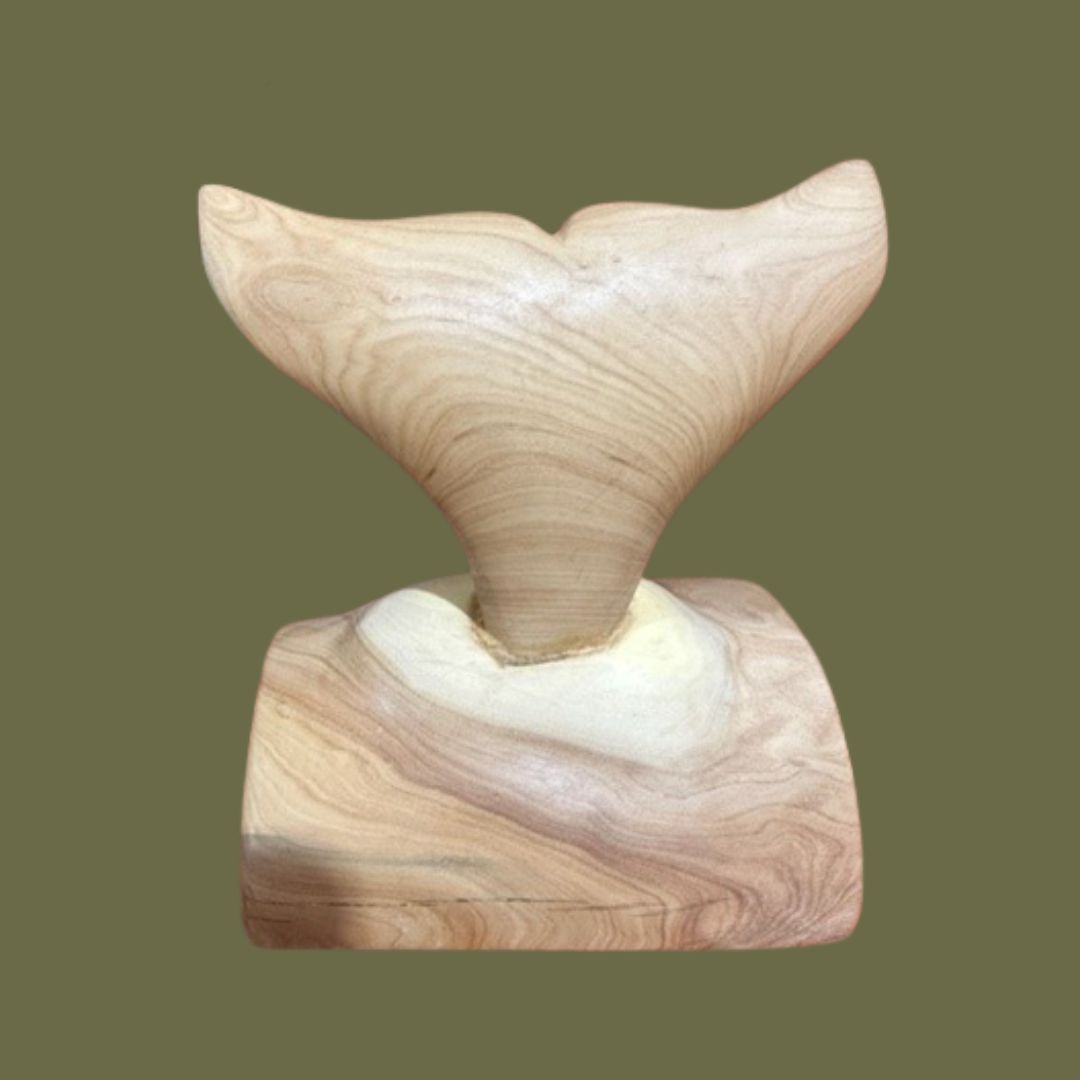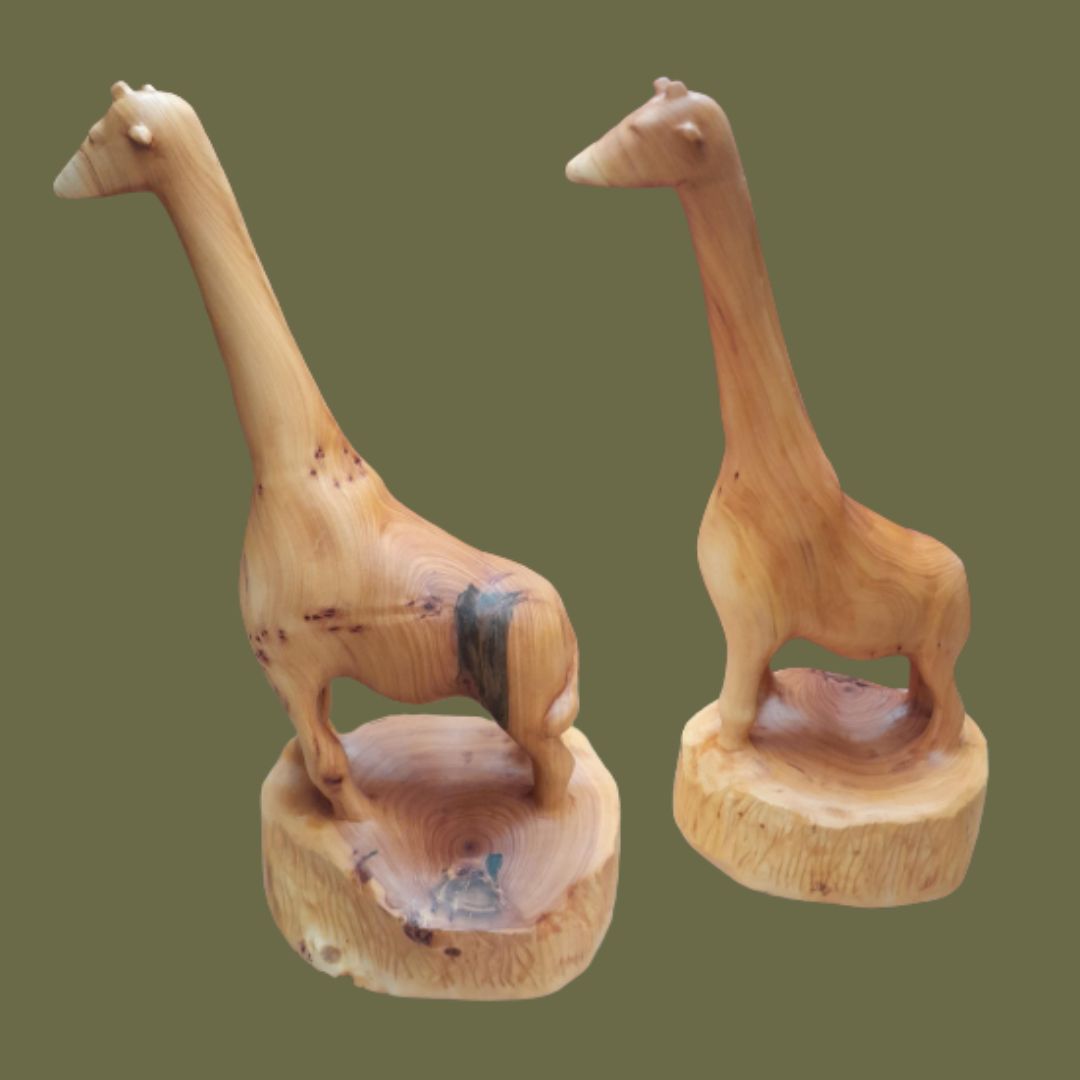Quintis Sandalwood Pty Ltd (trading as The Sandalwood Shop) and its related entities (referred to in this document as we, us or our) recognise that your privacy is very important and we are committed to protecting the personal information we collect from you. The Privacy Act 1988 (Cth) (Privacy Act), Australian Privacy Principles and certain registered privacy codes govern the way in which we manage your personal information. This policy sets out how we collect, use, disclose and otherwise manage personal information about you.
Collection
Types of information collected
We may collect and hold personal information about you, that is, information that can identify you, and is relevant to providing you with the services you are seeking. The kinds of information we typically collect include name, address, gender, date of birth, age, contact details like phone numbers and email addresses, payment information, loyalty program membership numbers as well as electronic information from your use of our website (see further below).
Methods of collection
Personal information will generally be collected directly from you through the use of any of our standard forms, over the internet, via email, or through a telephone conversation with you. There may, however, be some instances where personal information about you will be collected from a third party, including:
third parties that run promotions for us or provide us with marketing information.
Where personal information about you has been collected from a third party, we will usually notify you about these instances in advance, or where that is not possible, as soon as reasonably practicable after the information has been collected.
Purpose of collection
The personal information that we collect and hold about you, depends on your interaction with us. Generally, we will collect, use and hold your personal information if it is reasonably necessary for or directly related to the performance of our functions and for the purposes of:
(a) providing and administering products, services, credit and customer support to you or someone else you know;
(b) monitoring, auditing and evaluating our products and services;
(c) providing and operating (including through third party service providers) promotions, events, competitions and marketing (including newsletters and other communications);
(d) providing you with marketing information about other services that we, our related entities and other organisations that we have affiliations with, offer that may be of interest to you;
(e) facilitating our internal business operations (including modelling data, maintaining our relationship with you, data testing and security);
(f) facilitating your participation in any loyalty programs that we operate;
(g) complying with any record keeping, legal or regulatory requirements;
(h) dealing with any complaints or enquiries; and
Failure to provide information
If the personal information you provide to us is incomplete or inaccurate, we may be unable to provide you, or someone else you know, with the services you, or they, are seeking.
Internet users
If you access our website, we may collect additional personal information about you in the form of your IP address and domain name which may include the use of cookies.
Our website uses cookies. The main purpose of cookies is to identify users and to prepare customised web pages for them. Cookies do not identify you personally, but they may link back to a database record about you. We use cookies to monitor usage of our website and to create a personal record of when you visit our website and what pages you view so that we may serve you more effectively. Our website may contain links to other websites. We are not responsible for the privacy practices of linked websites and linked websites are not subject to our privacy policies and procedures.
Use and disclosure
Generally, we only use or disclose personal information about you for the purposes for which it was collected (as set out above). We may disclose personal information about you to:
(a) our related entities to facilitate our and their internal business processes;
(b) third party service providers, who assist us in operating our business, marketing service providers, market research bodies and information technology service providers), and these service providers may not be required to comply with our privacy policy;
(c) our related entities and other organisations with whom we have affiliations so that those organisations may provide you with information about services and various promotions;
In some circumstances, the law may permit or require us to use or disclose personal information for other purposes (for instance where you would reasonably expect us to and the purpose is related to the purpose of collection).
Security
We store your personal information in different ways, including in paper and in electronic form. The security of your personal information is important to us. We take all reasonable measures to ensure that your personal information is stored safely to protect it from misuse, loss, unauthorised access, modification or disclosure, including electronic and physical security measures. Your personal information will be stored in servers located in Australia for the purposes set out above. We do not currently disclose personal information to overseas recipients.
Access and correction
You may access the personal information we hold about you, by making a written request. We will respond to your request within a reasonable period. We may charge you a reasonable fee for providing access to your personal information (but not for making a request for access). We may decline a request for access to personal information in circumstances prescribed by the Privacy Act, and if we do, we will provide you with a written notice that sets out the reasons for the refusal (unless it would be unreasonable to provide those reasons). If, upon receiving access to your personal information or at any other time, you believe the personal information we hold about you is inaccurate, incomplete or out of date, please notify us immediately. We will take reasonable steps to correct the information so that it is accurate, complete and up to date. If we refuse to correct your personal information, we will provide you with a written notice that sets out the reasons for our refusal (unless it would be unreasonable to provide those reasons).
Complaints and Feedback
If you wish to make a complaint about a breach of the Privacy Act, Australian Privacy Principles or a particular privacy code that applies to us, please contact us as set out below and we will take reasonable steps to investigate the complaint and respond to you. If you are not happy with our response, you may complain directly to the Federal Information Commissioner. If you have any queries or concerns about our privacy policy or the way we handle your personal information, please contact Quintis Sandalwood Pty Ltd at:
- Street address: 2 Down Rd, Albany, WA 6330
- Email address: direct.marketing@thesandalwoodshop.com.au
- Telephone: 08 9845 6888
- Facsimile: 08 9841 7100
More information
For more information about privacy in general, you can visit the Information Commissioner’s website at www.oaic.gov.au. Quintis Sandalwood Pty Ltd and its related entities (referred to in this document as we, us or our) recognise that your privacy is very important and we are committed to protecting the personal information we collect from you. The Privacy Act 1988 (Cth) (Privacy Act), Australian Privacy Principles and certain registered privacy codes govern the way in which we manage your personal information. This policy sets out how we collect, use, disclose and otherwise manage personal information about you.




